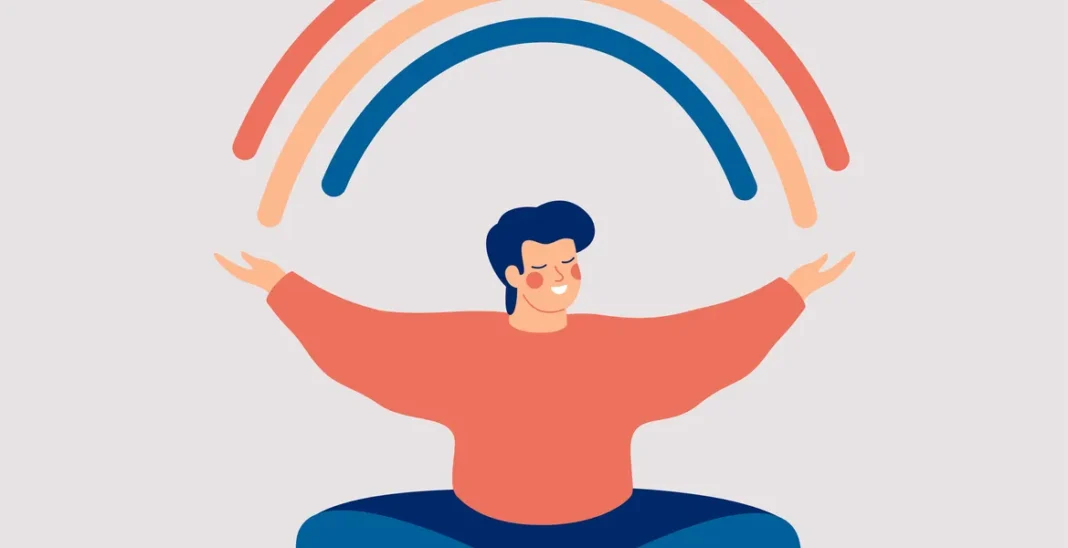We often think of safety as something external—locks on our doors, a quiet neighborhood, a secure job. But healing, especially the deep and lasting kind, requires more than just physical protection. It calls for an internal sense of safety, one that isn’t always guaranteed by our surroundings. In fact, many of us walk through life surrounded by safety, yet still carrying tension in our shoulders, unease in our chests, and worry in our minds. Why? Because feeling safe and being safe aren’t always the same thing.
When Safety Doesn’t Feel Like Safety
For those who grew up in nurturing environments, understanding safety may seem straightforward. You recognize when you’re secure and when you’re not. But if your childhood was marked by unpredictability, emotional volatility, or trauma, your inner compass may not point so clearly. You might live in a safe home, surrounded by kind people, but still feel anxious or on edge. That’s because your nervous system has learned to stay alert—to always prepare for the next unexpected shift.
Trauma, after all, is not just what happens to us, but how our bodies respond when we’re powerless to stop it. Even long after danger has passed, the body remembers. It stays guarded. It stays ready. And that makes healing difficult, because the nervous system cannot truly relax when it doesn’t feel safe.
Redefining Safety: Beyond Shelter and Security
Safety isn’t just physical. It’s emotional. It’s energetic. It’s sensory. It’s the feeling that no one is about to yell, abandon, or betray you. It’s the experience of being seen without judgment, of not needing to shrink yourself to stay out of harm’s way. It’s the subtle, full-body exhale that happens when you know—deep down—you’re not under threat.
But life is unpredictable. Accidents happen. People get sick. The world can change overnight. So the question becomes: If complete external safety is impossible, can we still create a felt sense of safety from within?
The Healing Switch: Activating the Parasympathetic Nervous System
When you feel safe—really, truly safe—your body enters a state of restoration. This is the parasympathetic nervous system at work, the “rest and digest” mode where healing, growth, and digestion occur. Blood flows back to your core. Your breath slows. Your immune system recalibrates. Your body says, Now is the time to repair.
This state isn’t just triggered by the absence of danger, but by the presence of cues that say “you’re okay now.” The warm weight of a pet in your lap. The soothing sound of rain against your window. The simple ritual of locking your door at night and settling into bed. These are signals that can remind your body it’s allowed to relax.
Even imagined safety works. Visualization—picturing yourself in a safe, cozy, peaceful place—can shift your physiology. The brain doesn’t always differentiate between real and vividly imagined experiences. So that beach, forest, or sunlit room in your mind? It can offer genuine relief.
Rebuilding the Feeling of Safety, One Moment at a Time
If you’ve spent years in a state of alertness, rebuilding your relationship with safety can be slow and nonlinear. You might need support—therapists, bodyworkers, or healing communities who can help guide you back to trust. But you also have tools within you. One of the most powerful is curiosity.
Ask yourself: What does safety feel like for me—not just conceptually, but physically? What helps me let go, breathe deeply, and soften my muscles? It might be a certain place, a texture, a song, or even the presence of a specific person. Explore these feelings. Collect them. Return to them.
This practice—learning how safety feels—builds a foundation. Over time, it helps you notice when your body is slipping into survival mode, and gives you a roadmap to come back. It’s not about pretending danger doesn’t exist. It’s about giving your system the nourishment it needs to stop running from shadows.
Safety Is a Feeling You Can Cultivate
Healing doesn’t happen through logic alone. It unfolds in the subtle, often invisible space between breath and bone. You don’t have to wait for life to be perfect or danger-free to begin healing. You only need moments—tiny islands of calm where your body can remember what it feels like to be safe.
So light a candle. Put on your coziest sweater. Pet your dog. Close your eyes and imagine a place where nothing is expected of you and nothing can hurt you. Let your nervous system lean into the moment. Feel the stillness in your chest. The softness in your shoulders. The quiet whisper of your breath saying: You’re okay now.
Because healing begins not when the world says you’re safe—but when your body finally believes it.


